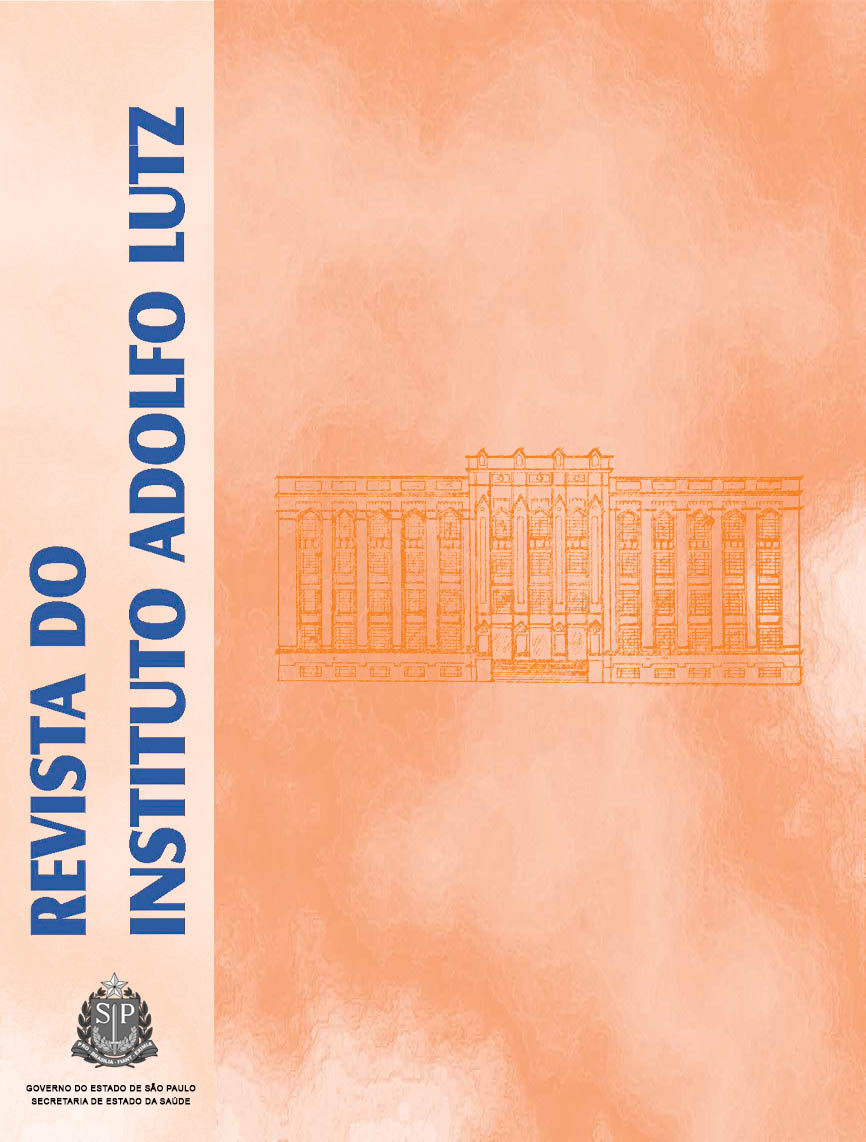Abstract
This paper describes a methodology for performing the sucralose determination in light nectar samples, by using solid phase extraction (SPE) and HPLC with refractive index detection. Fourteen samples of grape, peach, strawberry, mango, guava and passion fruit light nectars from different manufacturers were centrifuged at 3000rpm and cleaned up on C18 SPE cartridges (500mg, 3mL). The detection and quantification limits were 1.7mg. 100mL-1 and 5.9mg.100mL-1, respectively, and the recoveries of sucralose were satisfactory, being around 100%. The matrix effect correction was needed for light grape nectars only. The simplicity of the presented method, the minimal solvent volume requirements, and the easiness in extracting many samples at the same time make this methodology suitable for laboratory routine analyses.References
1. Miller GA. Alternative Sweeteners, New York: Marcel Dekker, Inc.;1991. p.173-95.
2. Wallis KJ. Sucralose: features and benefits. Food Australia 1993;45(12):578-80.
3. Frank G. Sucralose: an overview. Disponível em:http://www.kon.org/urc/frank.html. Acesso em jan 2006.
4. Sälzer K, Manczyk C. Reformulando as regras: novas opções em sistemas edulcorantes. Food Ingredients.2003;24:50-2.
5. International Food Information Council Foundation. Everything you need to know about sucralose.Disponível em: http://ific.org/publications/brochures/sucralosebroch.cfm. Acesso em jan 2006.
6. Binns NM. Sucralose - all sweetness and light. Nutrition Bulletin 2003; 28(1):53–58. Disponível em: http://www.blackwell-synergy.com/doi/abs/10.1046/j.1467-3010.2003.00307.x?journalCode=nbu&volume=28&issue=1.Acesso em jul 2005.
7. European Parliament and Council Directive 94/35/ECof 30 June 1994 on sweeteners for use infoodstuffs. OJ L 237, 10.9.1994;3–12. Disponível em:http://europa.eu.int/scadplus/leg/en/lvb/l21069.htm.Acesso em jan 2006.
8. Scientific Committtee on Food. Opinion of the Scientific Committee on Food on Sucralose. SCF/CS/ADDS/EDUL/190 Final. Disponível em: http://europa.eu.int/comm/food/fs/sc/scf/out68_en.pdf.Acesso em jan 2006.
9. Brasil. Portaria nº 318 de 24 de nov de 1995, da DTENdo Ministério da Saúde. [Aprova o uso do aditivosucralose, com a função de edulcorante em alimentos ebebidas dietéticas]. Diário Oficial da União, Brasília,DF, 28 nov. 1995. Seção 1, no 227, 19406.
10. Brasil. Resolução RDC no 3 de 2 de jan. de 2001 da ANVISA do Ministério da Saúde [Aprova o uso de aditivos edulcorantes, estabelecendo seus limitesmáximos para os alimentos]. Diário Oficial da União,Brasília, DF, 5 jan. 2001. Seção 1, no 4, p.39-40.
11. Brasil. Decreto nº 2314, de 04/09/1997. Regulamentaa Lei nº 8918, de 14/07/1994, que dispõe sobrea padronização, a classificação, o registro, a inspeção,a produção e a fiscalização de bebidas. Diário Oficialda União, Brasília, DF, 5 set. 1997. Seção 1,p.19549-19560.
12. Brasil. Instrução Normativa nº 12, de 04/09/2003. Ministério da Agricultura, Pecuária e Abastecimento [Aprova o Regulamento Técnico para fixação dospadrões de identidade e qualidade gerais para sucotropical e os padrões dos néctares]. Diário Oficial daUnião, Brasília, DF, 9 set. 2003. Seção 1, p. 2-5.
13. Zhao RR., Johnson BP. Capillary electro chromatography: analysis of sucralose and related carbohydrate compounds. J Liq Chromatogr Relat Technol. 2000;23(12): 1851-7.
14. Stroka J, Dossi N, Anklam E. Determination of the artificial sweetener sucralose by capillary electrophoresis.Food Addit Contam.2003;20(6):524-7.
15. McCourt J, Stroka J, Anklam E. Experimental design-based development and single laboratory validation of acapillary zone electrophoresis method for the determination of the artificial sweetener sucralose in foodmatrices. Anal Bioanal Chem. 2005; 382: 1269-78.
16. Lawrence JF, Charbonneau CF. Determination of seven artificial sweeteners in diet food preparations by reverse-phase liquid chromatography with absorbance detection.J Assoc Off Anal Chem.1988;71(5):934-7.
17. Quinlan ME, Jenner MR. Analysis and stability of the sweetener sucralose in beverages. J Food Sci.1990;55(1):244-6.
18. Spangenberg B, Stroka J, Arranz I, Anklam E. A simpleand reliable HPTLC method for the quantification of the intense sweetener sucralose. J Liq Chromatogr Relat Technol. 2003; 26(16):2729-39.
19. Hanko VP, Rohrer JS. Determination of sucralose in Splenda and a sugar-free beverage using high-performance anion-exchange chromatography withpulsed amperometric detection. J Agric Food Chem.2004; 52: 4375-9.
20. Kishi H, Kawana K. Determination of sucralose in foodsby anion-exchange chromatography and reverse-phasechromatography. Shokuhn-Eiseigata-Zasshi. 2001;42(2):133-8.
21. Committee on Food Chemicals Codex – Food Chemicals Codex. 4ª ed. Washington D. C.: National AcademicPress; 1996. p. 398-400.
22. JECFA-Joint Fao/Who Expert Commitee on Food Additives - Compendium of Food Additive Specifications. Rome, 1992. p. 1535-6.
23. Kimura IA, Cano CB, Nagato LAF., Martins MS.Análise de sucralose por cromatografia líquidade alta eficiência em refrigerante dietético eadoçante de mesa. Rev Inst Adolfo Lutz. 2005;64(2):200-4.
24. MINITAB for windows,[ Minitab- Inc, USA.] Versão.13.31 .2000. CD-rom.
25. Barros Neto B, Scarminio IS, Bruns RE. Planejamentoe Otimização de Experimentos. Campinas: Unicamp;2002.401 p.

This work is licensed under a Creative Commons Attribution 4.0 International License.
Copyright (c) 2007 Instituto Adolfo Lutz Journal
